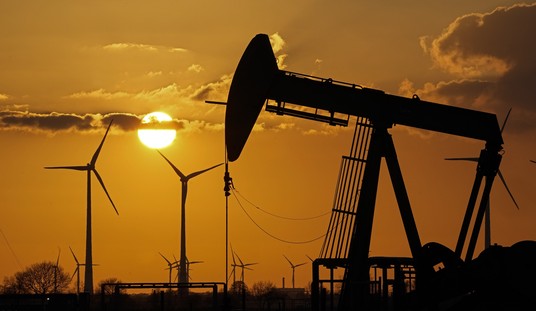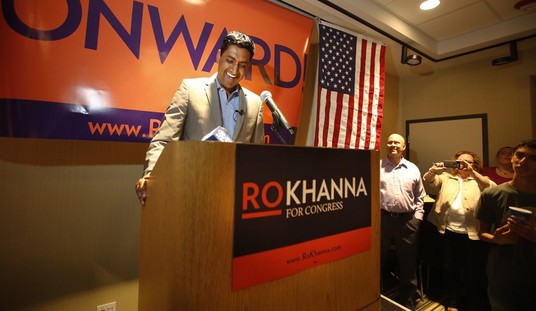With Congress taking a summer break and Joe Biden heading off for his 113th vacation since taking office, you might think that there’s not much going on in the swamp this month. But you would be sadly incorrect. The wheels of the governmental regulatory apparatus are still turning and new rules are being enacted under the covers on an almost daily basis. The Wall Street Journal editorial board compiled a list of these marching orders this week, referring to the process as Biden’s Summer Regulatory Onslaught. Some of the new regulations are things we’ve already discussed here while others have received almost no attention from the media. But they all seem to have one thing in common. They’re going to make everything more expensive and generally less efficient. You’re shocked, I know.
The Biden Administration’s regulatory onslaught is more unrelenting than the heat. With Congress leaving town, the White House last week dumped another truckload of regulations that will cost Americans hundreds of billions of dollars. Corporate lawyers, enjoy the beach reading.
The Transportation Department on Friday proposed a 696-page rule raising corporate average fuel economy (Cafe) standards that would effectively require 100% of new cars to be electric by 2032. This is even more aggressive than California’s EV mandate, which wouldn’t ban the sale of new gas-powered cars until 2035.
The big ticket item at the top of the list is the new set of corporate average fuel economy standards that we briefly discussed when covering the worrying history of Biden’s chief of the National Highway Traffic Safety Administration. The details of the changes to the new vehicle production requirements are even worse than I’d initially suggested. Under these rules, it’s not an exaggeration to say that it may be almost impossible to purchase a gas-powered vehicle by 2032.
Biden isn’t outlawing gas engines (as much as he’d like to), but auto manufacturers will have to be able to achieve a mileage rating of 66.4 miles a gallon for passenger vehicles. That’s more than 20 miles per gallon higher than the current standard. Trucks and SUVs will have to reach 54.4 mpg, which is also more than 20 mpg higher than today. Auto industry analysts have already concluded that those limits are simply not achievable with today’s technology. So if the manufacturers want to sell any vehicles, they’ll be forced to just produce more EVs.
The White House also launched a new set of changes to the National Environmental Policy Act (NEPA) guidelines. NEPA was developed to protect the local environment from construction damage, particularly for pipelines, mining, and similar projects. But the expanded rules would force developers to “consider climate change and environmental justice” in project reviews. In other words, if you want to build a pipeline but the government decides that a solar farm would be better to fight climate change, your project may simply be denied a permit.
In an even more devious move, the White House has found a way to get around the judicial review of their rules using a tactic called “sue and settle.” They are practically inviting environmental groups to sue them and then settling with them out of court. They recently did this with the Sierra Club, agreeing to remove 11 million acres in the Gulf of Mexico from future oil and gas development despite the auction of those acres being required by Congress.
Other examples are included in the linked report but the pattern is clear. This is a regulatory tsunami and the executive branch is hammering through a raft of new rules that they know could never be approved by Congress and passed through the normal legislative process. It may be possible to block some of them through legislative action or possibly through the courts, but many of these new regulations will stand for a long time to come. And they will totally reshape the way America looks and how business is done. Or more likely not done.








Join the conversation as a VIP Member